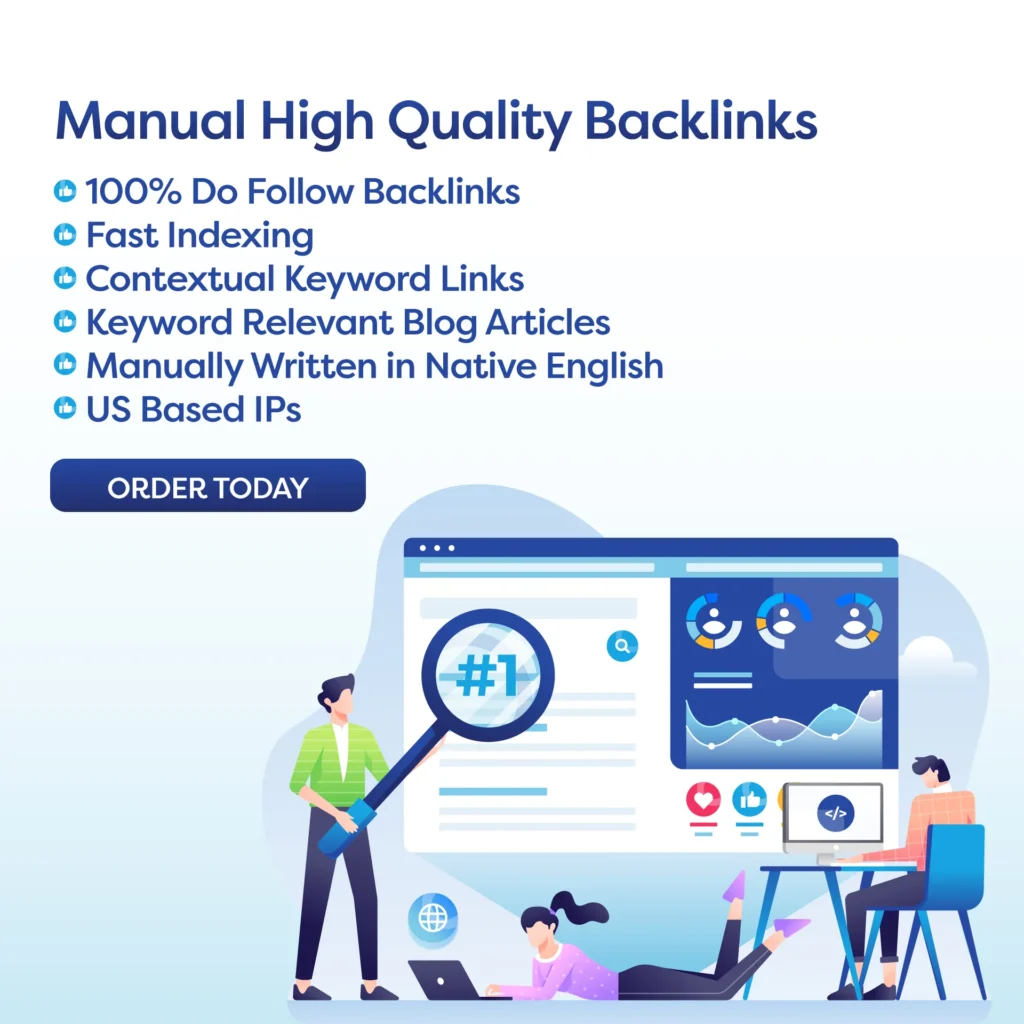On-Page SEO: Optimize Your Way to the Top
Introduction
In today’s digital age, having a strong online presence is crucial for businesses and individuals alike. With millions of websites competing for attention, it can be challenging to stand out and attract visitors to your site. This is where search engine optimization (SEO) comes in. One of the most critical aspects of SEO is on-page optimization, which involves optimizing your website’s content and structure to make it more search engine friendly. In this article, we will delve into the world of on-page SEO and how you can use it to improve your website’s visibility and rank higher in search engine results.
The Basics of On-Page SEO
On-page SEO refers to the optimization techniques used on the actual web pages of your site. It includes both the content and the HTML source code, which can be optimized to make it easier for search engines to understand and index your site. The ultimate goal of on-page SEO is to improve your website’s relevance and authority, thereby increasing your chances of ranking higher in search engine results pages (SERPs).
1. Keyword Research and Optimization
Keyword research is the foundation of any successful on-page SEO strategy. It involves identifying the keywords and phrases that your target audience is using to search for your products or services. Once you have a list of relevant keywords, you can strategically incorporate them into your website’s content and meta tags. However, it is essential to use keywords naturally and avoid keyword stuffing, as this can result in penalties from search engines.
2. High-Quality and Relevant Content
Content is king in the world of SEO. Search engines prioritize websites that offer valuable and relevant content to their users. Therefore, it is crucial to create high-quality and engaging content that not only appeals to your target audience but also aligns with your chosen keywords. Your content should be well-written, informative, and regularly updated to keep your website fresh and relevant.
3. Optimize Your Title Tags and Meta Descriptions
Title tags and meta descriptions are HTML elements that provide information about your web page’s content. These elements are displayed in search engine results and can greatly impact click-through rates. It is crucial to optimize your title tags and meta descriptions to include your target keywords and accurately reflect your content. This will not only help improve your website’s visibility but also entice users to click through to your site.
4. Use Header Tags and Alt Text
Header tags (H1, H2, H3, etc.) are used to structure your content and make it easier for search engines to understand the hierarchy of your information. It is important to use header tags strategically and include your target keywords where appropriate. Additionally, alt text is used to describe images on your website, and it is an excellent opportunity to incorporate keywords and make your images more searchable.
5. Improve Website Loading Speed
Website speed is a crucial factor in both user experience and SEO. Search engines prioritize websites that load quickly, as this provides a better experience for users. To optimize your website’s speed, you can compress images, minify code, and reduce the number of HTTP requests. This will not only improve your search engine ranking but also keep your visitors on your site for longer.
6. Mobile-Friendly Design
With the majority of internet users accessing websites through their mobile devices, having a mobile-friendly design is essential for on-page SEO. Search engines prioritize mobile-friendly websites, and having a responsive design can greatly improve your website’s visibility and user experience.
Conclusion
On-page SEO is a crucial part of any successful SEO strategy. By optimizing your website’s content and structure, you can make it more search engine friendly and improve your chances of ranking higher in search engine results. It is essential to regularly review and update your on-page SEO tactics to ensure your website remains relevant and visible to your target audience. With the right techniques and consistent effort, you can use on-page SEO to optimize your way to the top of search engine results.
